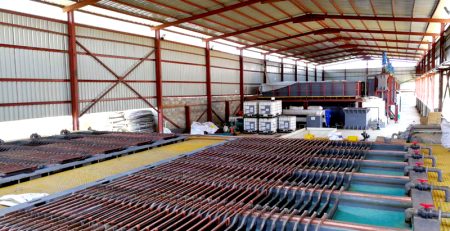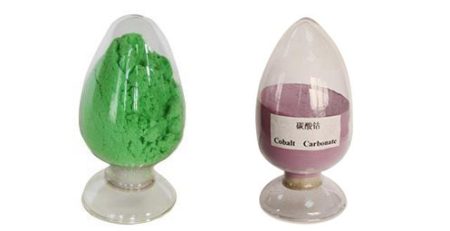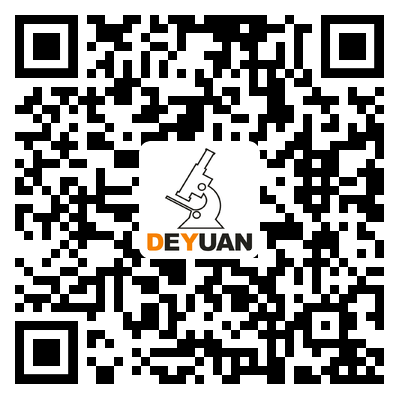Njia ya matibabu ya taka za betri za lithiamu-ion kwa kutumia teknolojia ya kuchakata mvua
Adopting wet recycling technology to treat waste lithium-ion batteries and the process conditions for recovering aluminum, kobalti, and lithium metal elements. At 90 ℃, leaching aluminum with 10% NaOH resulted in a leaching rate of 96%. Under the leaching conditions of 90 ℃ and 4 mol/L H2SO4 solution, with a solid-liquid ratio of 1:8 and a reaction time of 100 minutes, the leaching rates of cobalt and lithium were 92%, respectively. By using NaHCO3 and Na2CO3 as precipitants, CoCO3 and Li2CO3 products can be prepared from acidic leaching solution, respectively.
The specific operation steps are as follows:
1. Waste battery pre-treatment: Kwanza, it is necessary to pre-treat the waste battery, including removing the shell and packaging materials. This can be done through mechanical processing or physical methods.
2. Filter solid impurities: Filter the pretreated waste battery material to remove solid impurities such as metal residues, plastics, na kadhalika.
3. Lithium aluminum separation: Under appropriate conditions, use alkaline solution (such as 10% NaOH) for leaching to extract aluminum from waste batteries. At 90 ℃, the leaching rate of aluminum can reach 96%. Kisha, aluminum can be precipitated out through precipitation or other methods to obtain high-purity aluminum products.
4. Cobalt lithium recovery: For the remaining leaching solution, sulfuric acid (H2SO4) is usually used for leaching at appropriate temperature, mkusanyiko, solid-liquid ratio, and reaction time. Under the process conditions of a temperature of 90 ℃, a concentration of 4 mol/L of H2SO4 solution, a solid-liquid ratio of 1:8, and a reaction time of 100 minutes, the leaching rate of cobalt and lithium can reach 92%. Kisha, by adding NaHCO3 and Na2CO3 as precipitants, cobalt and lithium were converted into CoCO3 and Li2CO3 precipitates, respectively.
5. Sediment treatment: Hatimaye, further treat the obtained CoCO3 and Li2CO3 precipitates. High purity cobalt and lithium products can usually be extracted through process steps such as filtration, washing, and drying.
kwa ufupi, wet recovery technology is an effective method for treating waste lithium-ion batteries and recovering aluminum, kobalti, and lithium metal elements from them. This technology helps to reduce the environmental pollution caused by discarded batteries, and can recycle and reuse valuable metal resources within them.
Sisi maalum kuzingatia R&D vitendanishi vya uchimbaji wa chuma, bidhaa zetu kuu kama ilivyo hapo chini:
- DZ988N/DZ973N/DZ902 reagent ya uchimbaji wa kutengenezea shaba.
- DY319 kichimbaji chenye ufanisi wa juu cha nikeli cobalt, inaweza kutoa nikeli na kobalti pamoja kutoka kwa madini ya nikeli laterite au elektroliti ya betri ya Lithium.
- DZ272 Dondoo ya kutenganisha nikeli kobalti, inaweza kuchukua cobalt kutoka kwa suluhisho la nikeli ya cobalt.
- DY377 dondoo bora ya nikeli na almasi kutenganisha.
- DY366 kichimbaji kipya cha juu cha nikeli kobalti.
- P204 (D2EHPA au HDEHP) mchimbaji.
- DY301, DY302 kwa urejeshaji wa mafuta yaliyotumiwa na nyuklia.
- Vitendanishi vingine vya uchimbaji wa dondoo ya Vanadium, Mchimbaji wa lithiamu, Mchimbaji wa Ferro na uchimbaji wa ardhi adimu.



